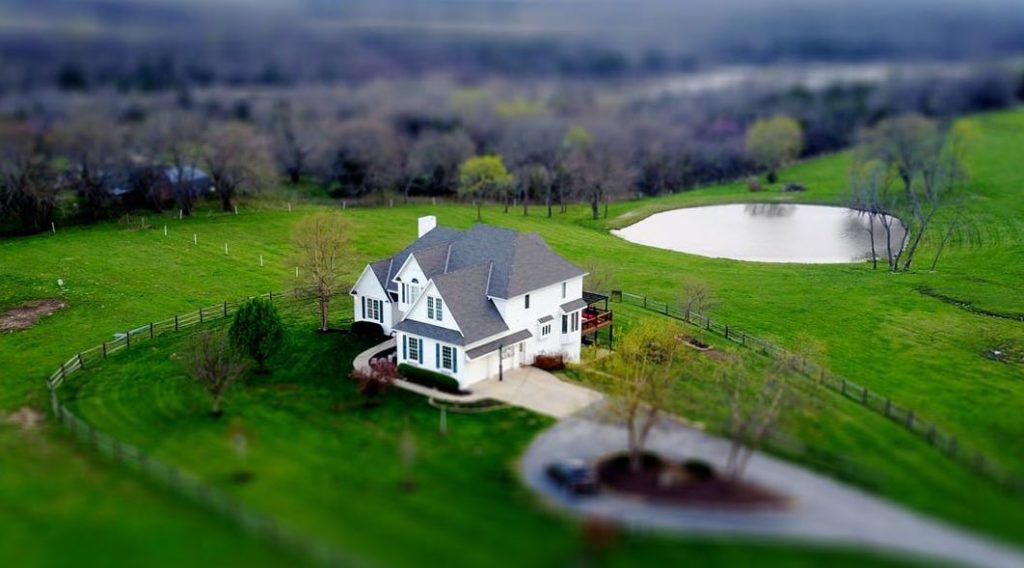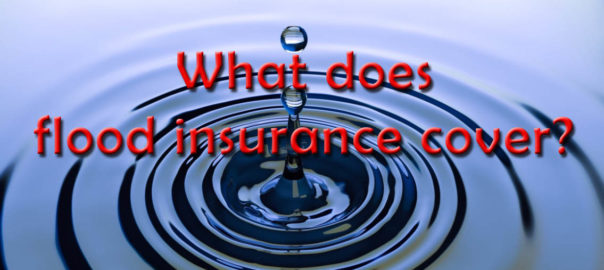When somebody purchases an insurance policy, one of the basic questions they ask is what will be covered under said policy. So, what does flood insurance cover, exactly?
Flood insurance differs from your regular homeowners policy in that it is what is considered a part of what is known as “catastrophe insurance” – meaning, a coverage provided for more rare, higher destruction events; think of things like earthquakes, hurricanes, volcanic eruption and, yes, flooding. These disasters, known in the insurance industry as “perils”, are generally not given coverage when you purchase a run of the mill homeowner’s policy, and would need a “floater” for such extra coverage. In the case of flood, however, most of the time it’s nearly impossible to find a homeowner’s policy that will include flood coverage (although Save Flood Insurance Agency Inc does work with a carrier who provides this in certain states).
So, What does flood insurance cover then?
Both the National Flood Insurance Program as well as private flood insurance carriers have policies available that will protect your property from the peril of a flood. An important thing to remember is that “flood” carries a specific definition when it comes to your flood insurance policy.
Flood Insurance Definition of flood
Per the private insurance that we generally write at Save Flood Insurance Agency Inc, the definition of flood in the actual insurance policy reads as such:
Flood, as used in this flood insurance policy, is defined as and must meet #a below:
a. A general and temporary condition of partial or complete inundation of two or more acres of normally dry land or of two or more properties (one of which is your property) from:
(1) Overflow of inland or tidal waters,
(2) Unusual and rapid accumulation or runoff of surface waters,
(3) Mudflow
So, from the definition above you can differentiate what would be considered a flooding event that would be covered in a flood insurance policy, vs “flooding” that occurs from common household accidents or problems, such as a child leaving the bathtub overflowing, or the pipes in a home freezing and bursting water behind the walls. These two examples would be items that would be addressed within a regular homeowner’s policy.
OK, but what does flood insurance cover then?
In a residential flood insurance policy, coverages will be divided into four sub categories:
- Dwelling coverage: (for the main structure, ie the house itself)
- Other structures coverage: (for free standing out buildings, like a detached garage, tool shed or barn)
- Personal Property coverage: (for the actual items in your house that might be damaged, like furniture, electronics, your sweet Mutant Ninja Turtles figurine collection, etc)
- Loss of use: (this coverage allows you some money to pay for a temporary place to live and maintain your normal standard of living. This only applies for the shortest amount of time needed to settle elsewhere.
Lets break these further down to get a solid understanding of each flood insurance coverage provides.

Coverage A: Dwelling Coverage
Probably the most important part of what does flood insurance cover is the actual structure of the home itself.
As the policy reads:
We insure against direct physical loss or damage by or from Flood to:
1. A Residential (1-4 family), Other Residential (5+ units & RCBAP’s) and Non-Residential (commercial) building which includes the building and the foundation.
a. Additions and extensions attached to and in contact with the building by means of a common wall. These additions and extensions DO NOT apply to decks or walkways located outside the perimeter, exterior walls of the insured Building.
b. Materials and supplies to be used in constructing, altering or repairing the Building or Other Structure while stored inside a fully enclosed building at the property address.
c. Basements- coverage is limited to $20,000 maximum and does not increase the Coverage A Limit of Liability.
2. A Building in the course of construction at the described premises before it is walled and roofed is subject to the following conditions:
a. The amount of the deductible for each loss occurrence before the Building is walled and roofed is two times the deductible which is selected to apply after the building is walled and roofed.
b. Coverage is provided before the Building is walled and roof only while construction is in process, or if construction is halted, only for a period of up to 60 continuous days thereafter, until construction is resumed
Section 2 here is important, because it is possible to get flood insurance for a building that is currently under construction.
Coverage B: Other Structures
We insure against direct physical loss or damage by or from Flood to:
1. Other Structures, meaning detached Buildings located at the described premises. The Policy automatically includes a $2000 coverage limit unless additional coverage is purchased and approved by underwriting above the $2000. This coverage applies to Residential only and does not increase the Coverage A Limit of Liability
Coverage C: Personal Property
We insure against direct physical loss or damage by or from Flood to:
1. Personal Property coverage in the amount shown on Declarations Page minus the deductible is subject to the following:
a. Personal Property must be inside a fully enclosed Building b. Owned solely by the Insured
c. Personal Property Coverage at time of loss will be paid at Actual Cash Value (ACV).
2. Special Limits are paid at Actual Cash Value with a limit of $2000 per item but not to exceed $5000 maximum and does not increase the Coverage C Limit of Liability.
3. Personal Property located in basement is limited to $7,500.00 maximum and does not increase the Coverage C Limit of Liability. This is an important distinction between NFIP and private flood insurers – the NFIP does not cover contents that were in a basement at the time of flooding, whereas many private policies will)
Coverage D: Loss of Use
1. Loss of Use:
a. If the covered property shown in the Declarations Page is a Residential Building, where you reside, and it is not fit to live in due to a loss covered under this policy, we cover any reasonable necessary increase in living expense incurred by you so that your household can maintain its normal standard of living. Payment will be for the shortest time required to repair or replace the damage or, if you permanently relocate, the shortest time required for your household to settle elsewhere.
b. This coverage does not increase the Coverage A Limit of Liability.
c. Payment shall be for the reasonably necessary time required to rebuild, repair or replace your Building. d. THIS COVERAGE IS LIMITED TO A $2000 MAXIMUM UNLESS AGREED UPON BY UNDERWRITING
Other Coverages
1. Debris Removal:
a. We will pay the expense to remove non-owned debris that is on or in insured property and debris of insured property anywhere.
b. This coverage does not increase the Coverage A. or Coverage C. Limit of Liability.
c. Payment is made at the Final Claims Settlement. No supplemental payments.
d. THIS COVERAGE IS LIMITED TO A $2,000 maximum. 2. Pollution Damage: We will pay for damage caused by pollutants to a covered property if the discharge, seepage, migration, release or escape of the pollutants is caused by or results from Flood. The most we will pay under this coverage is $10,000. This coverage does not increase Coverage A or Coverage C limits of liability. Any payment under this provision when combined with all other payments for the same loss cannot exceed the Replacement Cost or Actual Cash Value, as appropriate, of the covered property. This coverage does not include the testing for or monitoring of pollutants unless required by law or ordinance.
So, that is a lot of information to digest, but it should give you a good answer to the question of what does flood insurance cover. If you’re purchasing a property that is in a Special Flood Hazard Area (commonly known as a 100 year flood plain) your lender will require flood insurance to protect their mortgage. If you are in need of a quote, please fill out the form below and we will get in contact with you. Our private Lloyds of London flood insurance policies oftentimes can save our insureds up to 50% in premium vs an NFIP policy.

